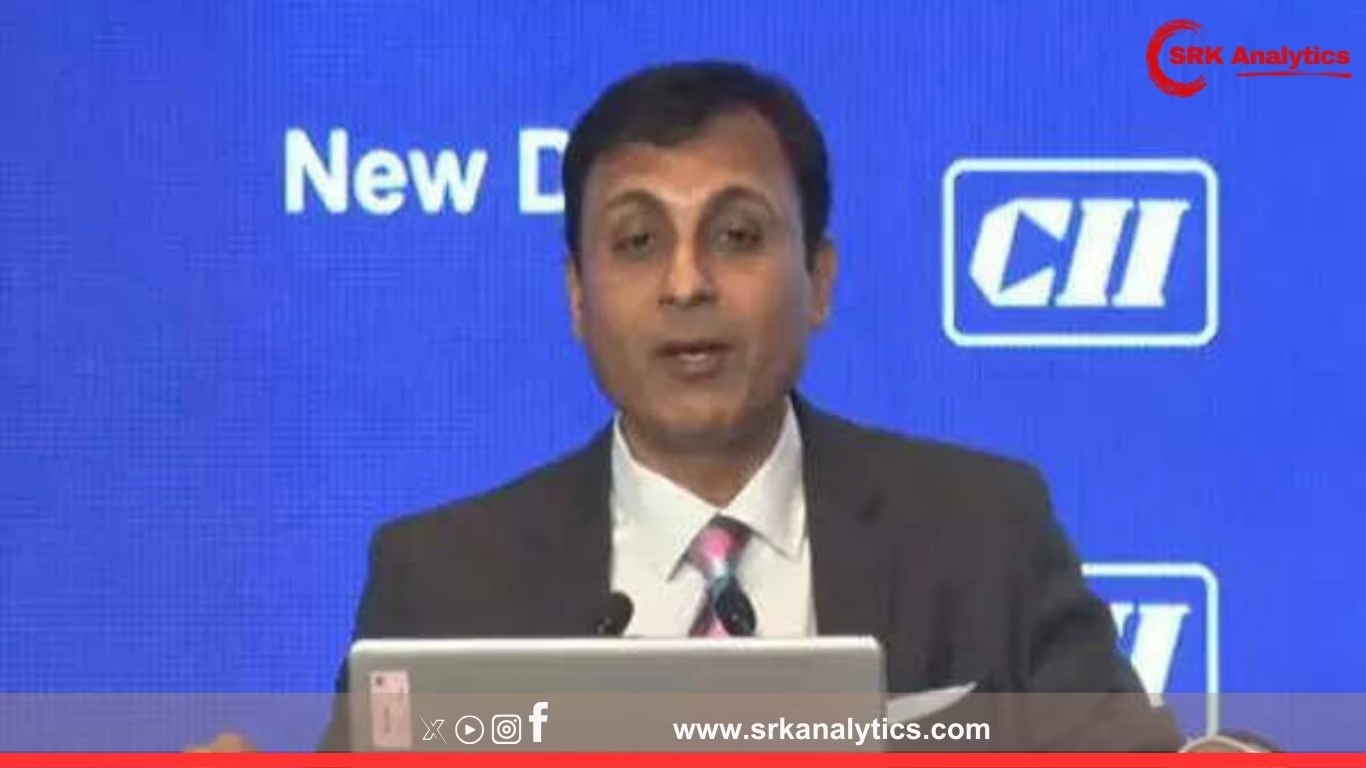In a strategic push to strengthen India’s maritime security, reduce foreign exchange outgo, and boost local shipbuilding and shipping employment, the Central Government is working on a comprehensive policy revamp aimed at promoting domestically-flagged ships. Senior shipping ministry officials confirmed that demand for over 200 new vessels worth ₹1.3 lakh crore is projected over the next decade to align with India’s growing trade aspirations.
Why is a shipping policy revamp necessary?
India currently ranks as the 16th largest maritime country, handling over 95% of its merchandise trade volume via sea routes. However, Indian-flagged ships carry only ~7% of the country’s total cargo. The bulk of shipping is dominated by foreign-flagged vessels, leading to:
- Annual freight payment outgo exceeding $75 billion, straining forex reserves
- Limited control over strategic maritime trade routes, impacting national security planning
- Underutilisation of domestic shipbuilding capacity and marine employment potential
Key features under discussion in the policy revamp
The revamped shipping policy under the Ministry of Ports, Shipping and Waterways aims to:
- Create a level playing field for Indian shipping companies by reviewing GST implications, port charges, and taxation parity with global players.
- Provide fiscal and financial incentives for acquisition and registration of domestically-flagged ships under the Indian registry.
- Encourage long-term contracts and assured cargo for Indian fleet operators, especially in PSU, oil, and coal transportation sectors.
- Simplify regulatory clearances and reduce compliance burden to improve ease of doing business.
- Promote ‘Atmanirbhar Bharat’ shipbuilding policy, boosting orders to Indian shipyards like Cochin Shipyard, Goa Shipyard, L&T Shipbuilding, and private yards.
- Facilitate low-cost, long-tenure financing avenues via Indian banking consortiums and ship leasing hubs like IFSC GIFT City.
Demand outlook: 200 ships worth ₹1.3 lakh crore
Industry estimates project a demand for over 200 new ships across bulk carriers, oil tankers, LNG carriers, container ships, and coastal vessels over the next 10 years, representing an investment potential of ₹1.3 lakh crore. This demand is driven by:
- Growing energy imports (crude, LNG, coal)
- Rising containerisation of trade with India’s export-led manufacturing push
- Coastal shipping focus under Sagarmala and PM Gati Shakti
- Expected growth in cabotage traffic amid Make-in-India and defence procurement localisation
| Segment | Estimated Number of Ships Required (Next 10 years) | Estimated Investment (₹ crore) |
|---|---|---|
| Bulk carriers | 60 | 35,000 |
| Oil & chemical tankers | 50 | 30,000 |
| LNG carriers | 15 | 25,000 |
| Container vessels | 25 | 18,000 |
| Coastal & utility vessels | 50 | 22,000 |
| Total | 200 | 1,30,000 |
Strategic implications for India
The promotion of domestically-flagged ships is expected to yield multi-dimensional strategic and economic benefits, including:
- Enhanced maritime security: Indian-flagged ships are subject to national regulations, facilitating better coordination during strategic requirements.
- Forex savings: Reduced reliance on foreign carriers will curb freight payment outflows, supporting the rupee.
- Employment generation: Boosting Indian shipping will create jobs for Indian seafarers, marine engineers, and associated port and logistics sectors.
- Shipbuilding growth: Domestic orders will revive capacity utilisation across Indian shipyards, accelerating technological upgradation and R&D investments.
- Stronger negotiating position: With a larger domestic fleet, India can negotiate more favourable shipping terms in international trade agreements.
Recent measures supporting the revamp
The Centre has undertaken incremental reforms in recent years to prepare for this policy overhaul:
- Tonnage tax regime retention to provide tax predictability for Indian shipowners
- Allowing 100% FDI under automatic route in shipping
- Launch of ship leasing framework at IFSC GIFT City, with tax incentives to attract global ship lessors
- Cabotage relaxation to promote coastal shipping, with selective restrictions to safeguard Indian fleet
- Approval of multiple Sagarmala projects, modernising port infrastructure and last-mile connectivity
Industry reaction and recommendations
Leading shipping associations and shipowners have welcomed the proposed revamp but highlighted critical priorities:
- Access to affordable finance: Domestic financing costs remain 3-5% higher than international benchmarks, impacting competitiveness.
- Tax rationalisation: Removal of GST on ocean freight paid under reverse charge mechanism to avoid cascading.
- Cargo support policies: Long-term contracts with PSUs, fertiliser, oil, and steel companies will incentivise fleet acquisition.
- Shipbuilding ecosystem development: Expansion of design, component manufacturing, and marine equipment supply chains under Make-in-India.
Global benchmarks India is seeking to align with
Countries such as China, South Korea, Singapore, and Japan have robust policy frameworks that provide:
| Country | Key Shipping Promotion Policy Features |
|---|---|
| China | Direct subsidies, cargo reservation policies, low-cost financing via state banks |
| Singapore | Zero tax on international shipping income, global ship leasing hub ecosystem |
| South Korea | Dedicated shipbuilding banks, shipowner-creditor risk sharing mechanisms |
| Japan | Preferential cargo reservation, joint ventures between shipping and trading houses |
Next steps in India’s shipping policy revamp
Shipping ministry officials indicate that:
- Draft policy framework will be released for public consultation by Q3 FY26
- Inter-ministerial consultations with Finance, Commerce, and Defence ministries are ongoing to align fiscal and strategic objectives
- Stakeholder consultations with shipowners, banks, ports, and shipyards will shape final incentives and regulatory simplifications
- The final policy is expected to be notified by early FY26, forming a cornerstone of India’s maritime vision
Conclusion
India’s ambitious shipping policy revamp to promote domestically-flagged ships and cater to a ₹1.3 lakh crore fleet demand marks a critical step towards building maritime self-reliance, strategic security, and economic competitiveness. Effective implementation, financing support, and cargo reservation policies will be key to translating this blueprint into a thriving Indian shipping ecosystem that anchors the country’s global trade aspirations in the years ahead.
Disclaimer: This news article is for informational purposes only. Readers are advised to refer to official policy notifications, ministry circulars, and financial guidelines before making any business, investment, or policy decisions based on the content above.











